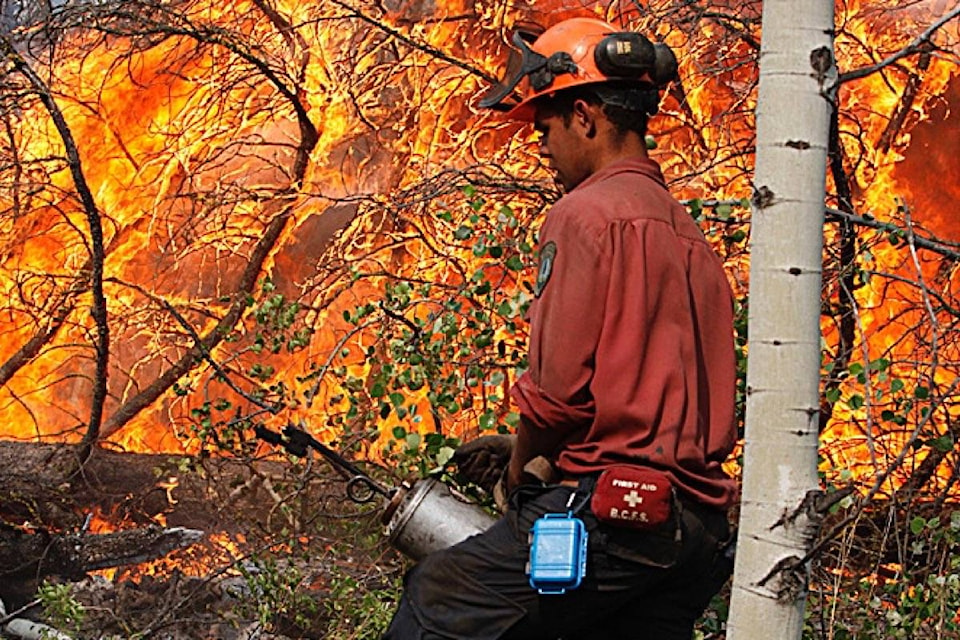For someone raised in the Okanagan, it’s a weird thing to watch from the Lower Mainland as the Interior of the province burns.
There is compassion here for those affected and an obvious desire to help out. But a forest fire means something very different to those here than it does in the Interior.
Here, a fire that’s on the news means something big and dramatic and potentially bad is happening. But when the wind blows dry, when you drive to work in the morning, and when you look out your living room window, you don’t think of flames and smoke.
That’s not the case once you get north or east of Hope.
The Interior is a unique place, and forest fires are unique natural disasters.
In a province known for its rain and mild temperatures, where the political decisions take place miles from seawater, the vast majority of B.C.’s territory gets snow in the winter and, not infrequently, fire in the summer.
Live in the Interior for any length of time and you will find forest fires aren’t something you see just on television. In and around most cities there, you can see large chunks of forest that have caught fire.
This year, Williams Lake and several other communities will join the likes of Salmon Arm, Kamloops, Kelowna and Penticton in seeing fire creep close to the city over the last two decades.
Vernon, where I grew up, and where I camped last weekend, may be one of the least-affected mid-sized Interior cities. And yet, from the deck of my father’s house, you can see Terrace Mountain, where 9,000 hectares of trees burned in 2009, forcing 2,500 to flee.
On another occasion, I watched a quick-moving grass fire burst up a hillside closer to town, and my dad’s house, before air crews squelched it.
In 2003, I had to use my car’s wipers to remove a thick layer of ash from the windshield, before driving to university in Kelowna. In the distance, a stubborn giant blaze spewed a line of smoke into the sky.
And last week, as my tent howled from the wind, I looked at a phone to find that, just 25 kilometres down the lake, the same gusts had sent flames bursting up a hillside and through multiple homes.
The forests to Vernon’s north and east that have employed thousands over the decades suggest my hometown’s turn will likely arrive one year. If history is any indication, the province’s firefighters will likely be able to stave off the worst of the blaze, and neighbouring communities, themselves previously affected, will do their utmost to provide aid.
For more than 100 years, forests have defined the Interior. They’ve been its economic lifeblood, its residents’ playground, and the backdrop to daily life for hundreds of thousands of people.
This year’s fires will spark renewal in some forests, while causing heartbreak, fear and worry for many residents.
But for Interior residents, this year’s blazes won’t be soon forgotten because a forest fire doesn’t allow itself to be forgotten. A fire’s traces linger long after the flames have been extinguished, reminding residents of what makes the place different and special and, yes, a little more hazardous too.
Tyler Olsen is a reporter with the Abbotsford News.
